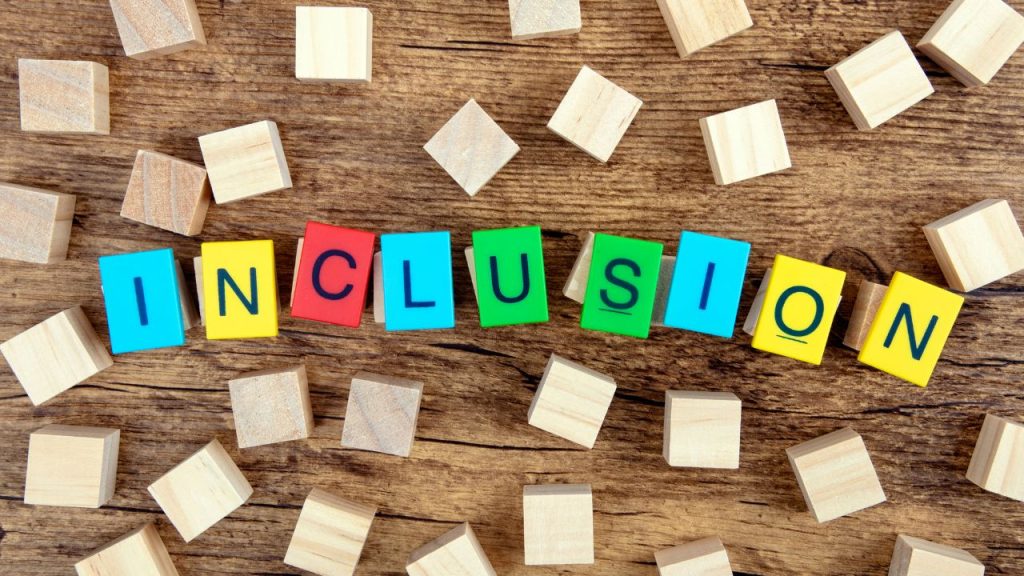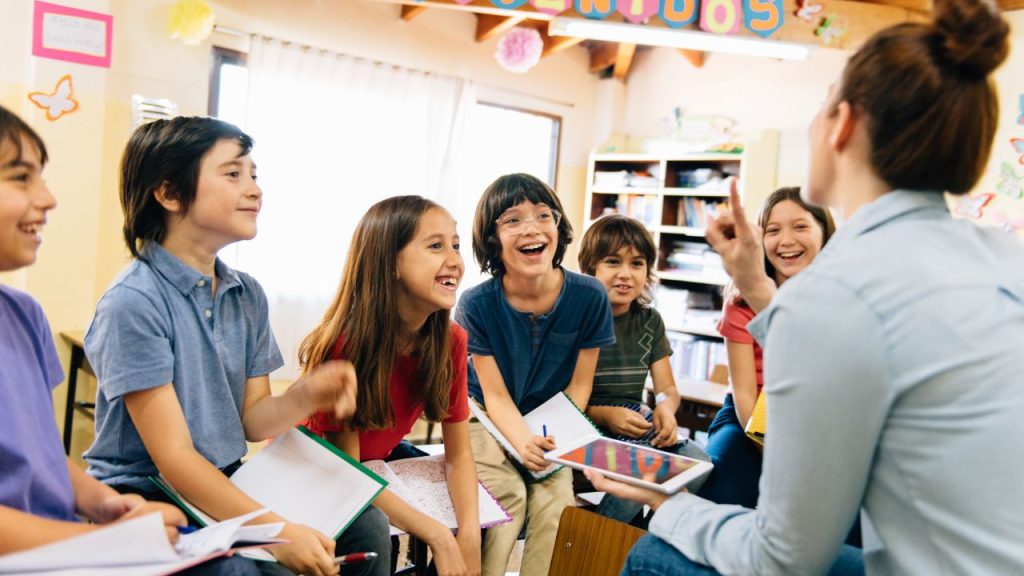Promoting inclusivity in a classroom can be a touchy subject. There is so much politicization of the subject that many educators are afraid to discuss creating an inclusive classroom.
It has not always been that way in the classroom. Generally, educators were at the forefront of creating an inclusive learning environment. The Rehabilitation Act in 1973, the Individuals with Disabilities Education Act of 1990, and other state initiatives have led the charge for inclusivity.
Every effective educator should aim to acknowledge diversity in the classroom as a crucial aspect of learning.
Building an Inclusive Classroom Environment

So, what do inclusive schools look like? It starts with the teacher reflecting on their responses to diversity in and out of the school. Teachers must conduct themselves in a culturally inclusive manner as bound by local policy, administrators, and parents.
It is one thing to believe you are culturally and inclusively neutral in the classroom. It is an entirely different matter to do the same once you leave the school.
Check your Beliefs
Beliefs are like viruses. Viruses lie dormant until one day you become ill. If you have a contradictory belief about inclusivity, it will eventually emerge from the deep recesses of your consciousness.
We get regular health checkups to keep us from becoming ill. Teachers should do the same with how their inclusivity belief system is working.
For example, I once coached a teacher who when outside school openly expressed her belief that homeless people were all lazy or drug addicts.
The teacher didn’t recognize her negativity about homelessness until a counselor mentioned a homeless child in her class.
Check your Biases
An inclusive classroom is one in which the teacher, to the best of their ability, is free of prejudice and bias. Teachers must be aware of the language they use, body language, the content they use to teach, and how they present lessons to students.
An inclusive classroom is not 100% free of bias – that is humanly impossible. But when bias rears up, a good teacher quickly owns and corrects it.
Help Students Feel Equally Valued
A learning environment that allows students from all backgrounds, learning styles, and abilities to be successful is inclusive.
The teacher encourages students to approach differences with an open mind, maximum creativity, a positive attitude, compassion, and mutual respect. Everyone benefits from an inclusive classroom.
The Importance of Positive Relationships in Class

An inclusive classroom is one where the teacher knows their students and has a positive relationship with them. They are in constant pursuit of understanding the unique experiences of their students. Teachers who shape their lessons around their students are incredibly effective. Why do these classroom strategies make a difference?
Creates a Safe Environment
First, they create an environment of mutual respect and trust. Anchoring a student’s experience to a lesson demonstrates a willingness to help a student succeed. It also provides each child with equal access to a quality education.
Students Learn More
Second, it’s through relationships we learn what motivates or de-motivates a student. Teachers can prevent un-motivated students by adjusting their teaching strategies to match the way their students learn.
Students Share
Finally, positive relationships tend to network into other relationships that teachers can influence. Nothing is more powerful than a student recommending a teacher to another student or small group.
Promoting inclusivity in a classroom and respect for differences is challenging in today’s environment. However, putting in the work to do so will create opportunities for students that will last a lifetime. The fact is there is no downside to inclusivity – only upside.
Every Person is Worthy of Respect

Our learning experiences with others shape all of us. Expanding the circle of people ‘who shape you’ and ‘who you shape’ is good. It starts with recognizing that we all have diverse backgrounds and each of us is worthy of an inclusive classroom!
Learn more about inclusive education by visiting our new blog series and accessing our free lesson plans and videos!
Written by, Doug Carroll Ed.D.

